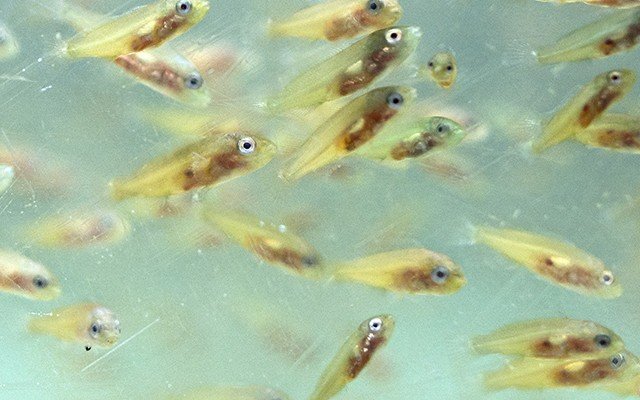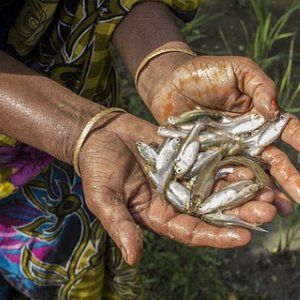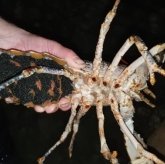Ballan wrasse is a fish species used in salmon farming to remove sea lice. To reduce the use of wild-caught ballan wrasse as cleaner fish in salmon cage farming, ballan wrasse are now being farmed and released into net pens together with the salmon. As part of the farming process, ballan wrasse are hatched and then fed with live feed for a period. Fish are then weaned to artificial diets and on-grown until released into the salmon net pens. Even though farmed ballan wrasse are fed highly nutritious diets, they grow slowly and develop significant skeletal deformities. Following several trials where scientists attempted several approaches to improve nutritional status and survival rates in cleaner fish, it was discovered that feed technology was one of the key factors in achieving good fish health.
Ballan wrasse have a very simple digestive system, lacking both stomach and pyloric caeca. Feeds that are processed differently affect digestion in ballan wrasse in a different way too. “In the first trial, ballan wrasse larvae that were weaned into dry feeds had a good appetite for the hard, extruded feed and we saw good survival rates. After a few weeks, however, the fish started to develop skeletal deformities. Fish that were fed a soft, agglomerated diet, a type of feed that is processed at low temperatures, appeared to have far lower deformity rates,” said Katerina Kousoulaki, feed scientist at Nofima.
Scientists decided to make a single feed mixture, half of which was extruded and the other half agglomerated. The feed was then tested in weaning ballan wrasse larvae. Results showed that after a month, extruded feed resulted in 41% fish with skeletal deformities, whereas almost no deformities were seen in fish that received the agglomerated feed (under 2%). The body analyses of the ballan wrasse showed that those fed the extruded feed had barely taken up minerals from the feed, while fish fed the agglomerated feed showed good mineral status. The deformity rates correlated with the amount of phosphorus analyzed in the body.
It was also shown that poultry meal in the feed may have counterbalanced some of the disadvantages of conventional extrusion. Cold-extrusion also resulted in higher mineral uptake compared to conventional extrusion, which takes place at high temperatures.
Scientists suggested that high extrusion temperatures make feed minerals difficult to access for a fish species like ballan wrasse, which has no stomach or acid digestion. Ballan wrasse are also rather fussy when it comes to their diet. They like shrimp or krill and prefer little or no fishmeal in their feed. Instead of fishmeal, cod fillet meal is used that hardly smells of fish but attributes to increased pellet hardness.
“What is clear from the trials is that conventional high-temperature extrusion, which is normal for salmon feed, does not work for this fish species. However, there continues to be a lot of deformities in ballan wrasse despite the fact that feed companies are taking action, so I think that the problem is more complex,” said senior fish welfare scientist at Nofima, Ingrid Lein.
The first dry feed trial on ballan wrasse was conducted in 2017, funded by Nofima and MOWI. Analyses and follow-up trials were organized by CleanFeed, a project funded by the Norwegian Seafood Research Fund (FHF),
Download the study here.













